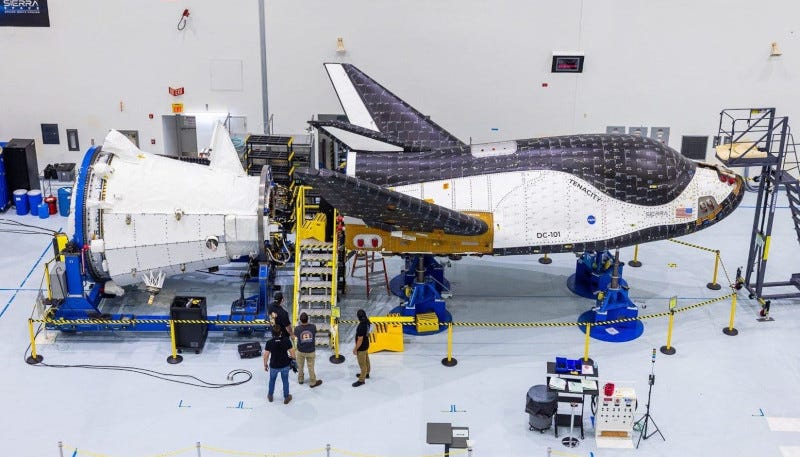Dream Chaser Advances Toward First Flight
NASA Modifies Contract, Will Provide Only 'Minimal Support' for the Program
(Story updated 09/29 to include information from NASA)
A strategic transition for the Dream Chaser spaceplane has been announced by Sierra Space. Dream Chaser’s first flight will be a free-flyer, demonstration mission, which is expected to prove the technology and deliver critical data to NASA. This approach aims to provide Sierra Space with flexibility …




